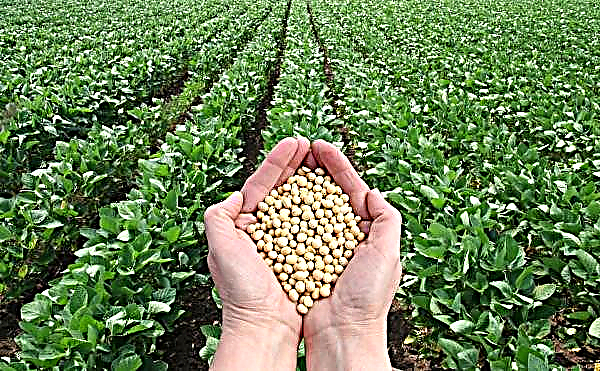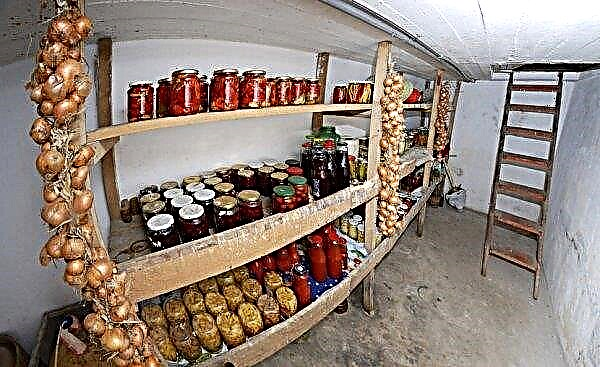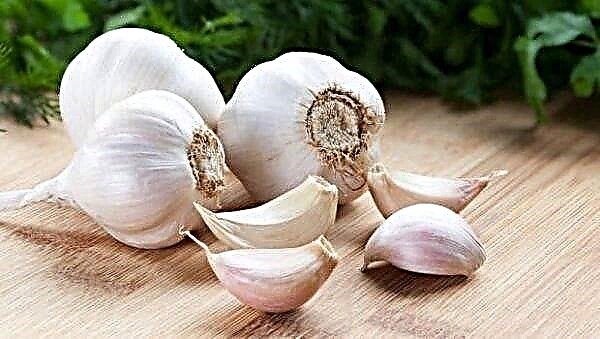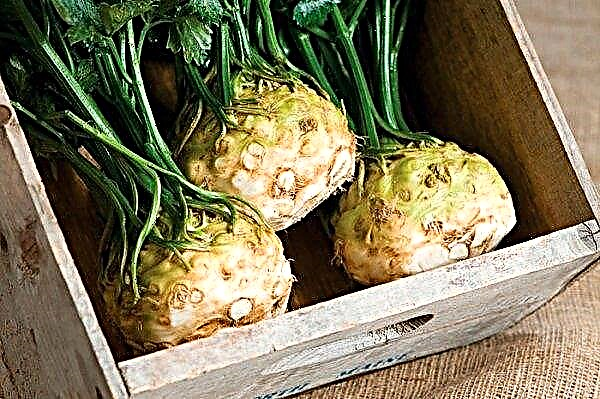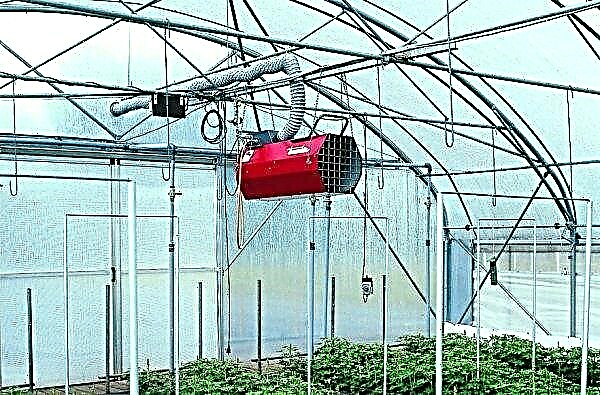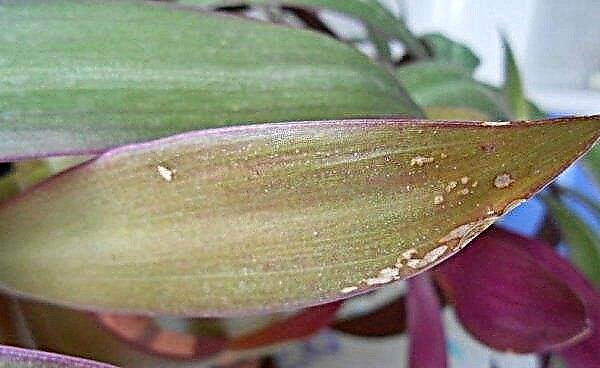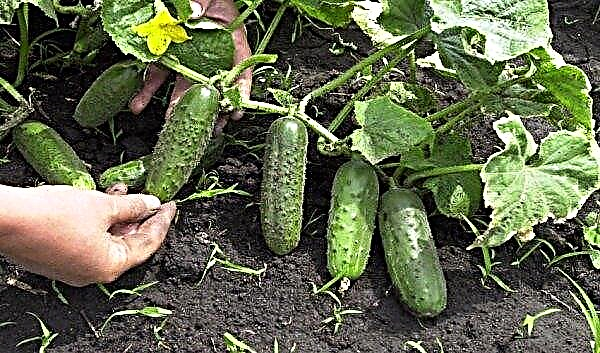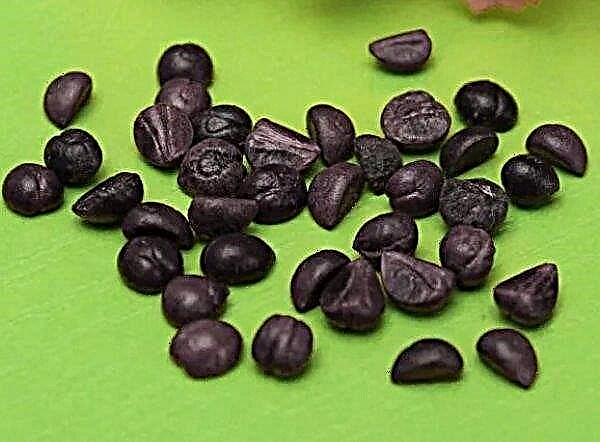Cabbage blanks are traditional snacks on a casual and festive table. The preparation of a delicious product requires proportions, technology and careful selection of ingredients. How much salt should be taken for different recipes is described below.
Calculation of the required amount for sauerkraut
The fermentation process is lactic acid fermentation, for which vegetables with sufficient sugar content are needed. This characteristic is possessed by late varieties of cabbage in the stage of full ripeness. In addition to spices, chopped carrots are usually added to the preparation. Vegetables should be carefully grated and laid tightly in a clean container to stimulate the appearance of juice and the development of lactic acid bacteria.

Salt
The amount of salt required for the fermentation of cabbage of a traditional taste is indicated on the cabbage already chopped and its consumption is:
- 25 g or 1 tbsp. l (without slide) per 1 kg of vegetable;
- accordingly, for 2 kg of cabbage, 50 g or 2 tbsp. l .;
- 5 kg - 125 g or 5 tbsp. l
Important! The salt used in canning should not be iodized! You can take both coarse and fine grinding.
Carrots
Carrots are a classic addition to pickled preparations, it improves the taste and appearance, but is not necessary and its quantity is not strictly regulated. It is believed that the mass of additives should not exceed a tenth of the main vegetable, therefore, the proportion is as follows:
- 100 g of carrots are taken per 1 kg;
- 2 kg - 200 g;
- 5 kg - 500 g.

In addition to carrots, beets and spices (cumin, coriander, black pepper) are often added to the blanks, you can put lingonberries, cranberries, apples.
Calculation of salt during salting
Vegetables can be salted in various containers, more often choose 3-liter glass jars and enamelled or plastic buckets. In addition to shredders of different thicknesses, heads of cabbage can be salted whole or in large pieces. Below are the calculations for such recipes.
In a 3 liter can
Vegetables should completely fill the volume of the jar so that the fermentation process is continuous and uniform. Depending on the method of cutting, 3 or 2 kg of chopped head may take 3 liters. Therefore, to prepare 1 can, you will need to pour about 50-70 g of salt.

In a bucket
For cooking at home, more often use buckets with a volume of 5 liters. To fill such a container will require about 5 kg of vegetables and about 50 g of salt.
When salting with brine
The recipe using brine is designed for 2 kg of cabbage. To prepare the brine you will need:
- 1.5 liters of water;
- 2 tbsp. salts;
- 2 tbsp. Sahara;
- 3 pcs. allspice and 2 pcs. bay leaf.

When salting heads
For salting whole heads of cabbage (with a diameter of up to 30 cm), a large container with a wide inlet will be required. To make the brine evenly soak the head, cuts are made on it. The proportions of the brine in this case may be as follows:
- 250 g of salt per 10 l of water;
- some sources recommend a 4% solution, 400 g per 10 liters.
Did you know? Barrels for pickling vegetables are made of oak, linden, ash or beech. Coniferous trees cannot be used because they will give the product an unpleasant smack of tar.
When salting pieces
Cooking in large pieces requires uniform slicing. If a head of cabbage is cut into quarters, then the stump on each of them is left to preserve the pieces. A brine for 10 kg of cabbage is usually prepared as follows:
- 7 liters of water;
- 250 g of salt.

The average leaven period is approximately 7-12 days at a temperature of +16 ... + 20 ° C. Sulphurous gas should be released daily by piercing vegetables in a container to the bottom with a wooden stick. Store the finished product at a temperature of 0 ... + 2 ° C, for example in the refrigerator. Observing the above rules for calculating seasonings and additives, you can prepare a useful preparation for the winter for the whole family, and the inclusion of various ingredients in the recipe will allow you to diversify the taste.

